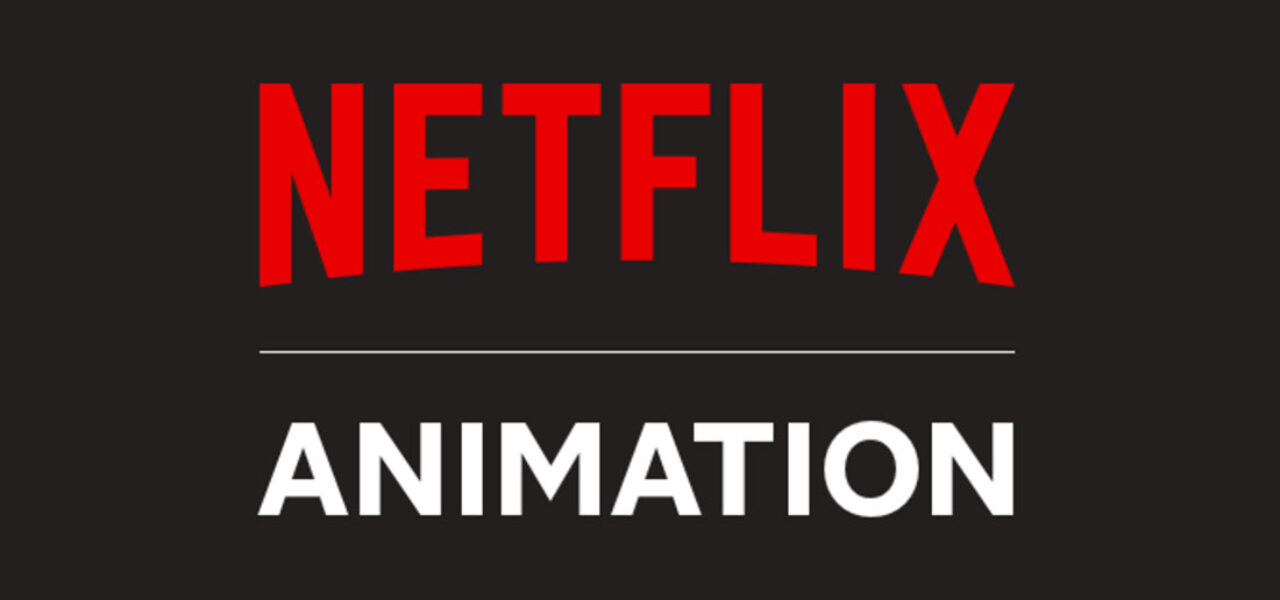

Reed Hastings Reaffirms Netflix’s Goal To Challenge Disney For Animation Supremacy
Everyone is talking about Netflix’s strong quarterly report — the stock shot up 17% today to a record high of $587 — but for us, the most crucial part of yesterday’s earnings call was the company’s continued focus on animation.
Reed Hastings, co-founder, chairman, and co-CEO of Netflix, reiterated that the streamer was not only committed to animation, but has set its sights on catching up to the most successful animation producer of modern times, the Walt Disney Company. “We’re very fired up about catching them in family animation, maybe eventually passing them,” said Hastings, who also admitted that the streamer has “a long way to go just to catch them.”
On today's earnings call, Netflix chairman/co-CEO Reed Hastings specifically said that beating Disney at animation is a long-term aim: "We're very fired up about catching them in family animation, maybe eventually passing them, we'll see. A long way to go just to catch them." pic.twitter.com/wkXithccJG
— cartoonbrew.com – Animation News (@cartoonbrew) January 20, 2021
Now, it could be said that this was just a boastful statement from an executive intended to please investors, but there’s evidence that suggests otherwise. This marks the second time in recent months that Hastings has unprompted brought up animation as an area of focus for the company. Speaking to The Hollywood Reporter, he made the same bold claim of wanting to “beat” Disney at family animation. Even more remarkably, he suggested that they would be competing for animation dominance over the next half-century:
We want to beat Disney in family animation. That’s going to take a while. I mean, they are really good at it. We’re both very focused on building out our animation group and, you know, it’s a friendly competition. We both want to do incredible stories for consumers and we want to be able to raise the bar in that area. We know that they will be a challenger and a competitor for the next 50 years.
To date, Netflix has released just three original animated features — Klaus, The Willoughbys, and Over the Moon — and despite strong qualities in each film, none could be considered a legitimate challenger to the Disney and Pixar throne. But here’s the caveat: Netflix is still in the process of ramping up its animation division. Animation is a notoriously slow art form, and each film takes around four to eight years from concept through release. We won’t begin to realistically understand what Netflix is trying to accomplish with their animation program until next year, when they have an outlined goal of releasing six original features per year.
While Netflix’s original feature animation output remains a mystery for now, so does Hastings’s remarks that he wants to “catch up” to Disney. What exactly does catching up mean? Countless others have tried over the years to make Disney and Pixar style films and they have all failed, simply because Disney and Pixar have perfected their house styles and they do it better than anyone else. But there is another path, and that’s to offer audiences something original, something that would never be confused as a Disney film. Tellingly, the two non-Disney films that have won Oscars in the past decade — Spider-Man: Into the Spider-Verse and Rango — suggested striking alternatives to the well-worn rhythms and beats of Disney product. Incidentally, when Pixar made its first feature, Toy Story, that film too was a rebuke of the Disney standard.
Netflix seems to understand this – that to beat Disney, you can’t be Disney. Their upcoming slate includes projects that sound bold and different from typical animated fare, directed by auteurs who have a track record of defying conventionality. These include films like Richard Linklater’s Apollo 10 1/2: A Space Age Adventure, Guillermo del Toro’s Pinocchio, Nora Twomey’s My Father’s Dragon, and Henry Selick’s Wendell and Wild.
Netflix at this point remains a grand experiment with an undetermined outcome. The sheer number of films the company intends to release gives them the freedom to poke around the edges of the art form, and crucially, the freedom to fail. It’s important to remember that Disney would not be Disney today without its own share of failures. Shortly before the release of Pinocchio, Walt Disney said, “I’d rather have an artistic flop than a box-office smash hit any day.” He got his wish with not only Pinocchio, but also its follow-up, Fantasia. Both films were creative triumphs that flopped at the box office.
The failure of either one of those films might have been enough for a contemporary film studio to pull back on its animation division. But Disney saw the long game – he understood that to achieve true dominance in the medium, he had to continually invest in animation and to keep experimenting. At the outset, Netflix seems to share this same long-term vision, which bodes well for Hastings’s vision of challenging Disney.

.png)